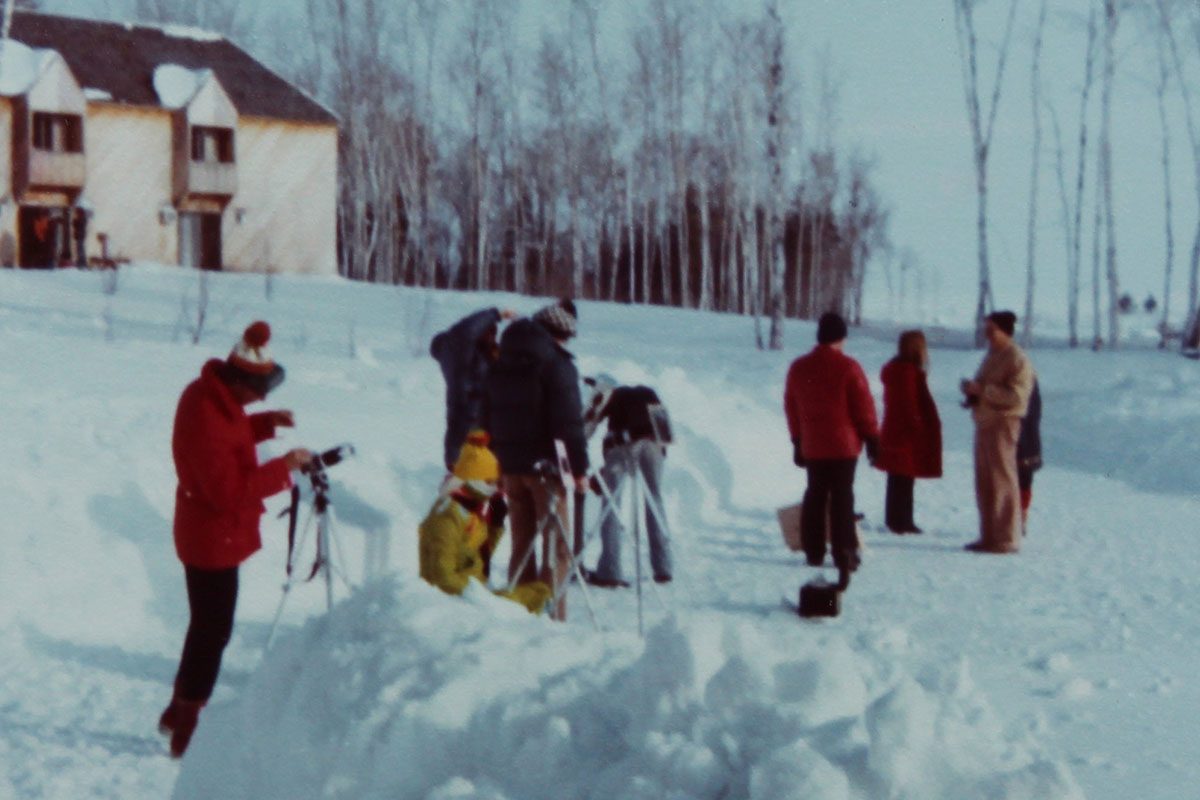
Astronomers were bundled against the bitter cold for the 1979 eclipse at Hecla Island.
‘Don’t look or you’ll go blind!’: The total solar eclipse of 1979
Interest is building for the solar eclipse that’s happening on Aug. 21, but alumnus Chris Rutkowski (BSc/83, MEd/92) reminisces about seeing his first eclipse on Feb. 26, 1979, the last total solar eclipse visible from the continental United States and Canada.
Solar eclipses are a pretty big deal. The 1979 one was hyped on American TV news, reported on by no less than Walter Cronkite himself. But in 1979, it was visible only in the Pacific Northwest and central Canada.
Winnipeg was directly within totality.
That of course caused the mild eclipse panic that saw many parents keep their children home from school that day, lest they be blinded by the ominous event. “Don’t look directly at the sun!” shouted the headlines.
By 1979, I had already been attending courses in astronomy at the University of Manitoba, so I knew what to expect. I vaguely recall that one of my professors, Dr. Richard Bochonko, had even given us an assignment to calculate the dimensions of the eclipse across Manitoba. Brandon was going to get nearly three minutes of totality, while Winnipeg was getting a paltry two minutes and change.
Also at near-maximum duration of totality was Hecla Island, which was where I and my astronomy colleagues and friends were heading. We booked rooms long in advance at what was then the Hecla Island Resort and headed there a few days beforehand to get the lay of the land.
And what a beautiful setting it was. The lake was frozen and the snow-covered ice seemed to stretch forever. The resort was nestled in the trees along the shore, and one could walk across the showdrifts to a lighthouse – if you dared risk frostbite.
As it was mid-winter, it was very cold at Hecla, which was good, because that also meant generally clear skies. While that time of year was usually a slow time for the resort, that year it was completely booked with astronomers and eclipse chasers from literally around the world.
It was amazing; the dining room was packed with science geeks boasting about their astronomical equipment, brought at great expense from places like California, England and Germany. Some had even constructed outdoor warming shacks so they could observe the eclipse in relative comfort throughout the hours between first and last contact.
Alas, the day before the eclipse, it began to get cloudy. Among the group at the resort were some meteorologists who were checking with their counterparts down south for hourly updates on whether the seeing would improve by totality, which was scheduled for about 10:45 a.m. the following morning. There was a distinctly nervous chatter in the bar that night.
Viewing conditions
I remember heading for bed at a reasonable hour (reasonable for an astronomer, anyway) and settled in for the night. But I was awakened in the middle of the night by someone pounding on the door of my room and running down the hallway pounding on others’ doors. It turned out to be an astronomer and his associates from the NASA Jet Propulsion Laboratory in California, who had been unable to sleep and had looked into the sky to discover the northern lights were putting on a great show.
Not having seen them before, the Californians were blown away by the display and wanted everyone to share in the experience. It was, of course, significant for another reason: if you could see the northern lights that clearly, it meant the skies were clear.
Sure enough, when dawn broke, the blue sky heralded almost perfect seeing conditions. Throughout the morning, dozens of astronomers were scurrying about, setting up their telescopes, projection materials and other paraphernalia. I had only a small slide camera and a #14 tinted welder’s glass to hold to my eyes, so as to experience the eclipse in a more troglodytic way.
Event day arrives
The morning zipped by quickly, but not as fast as the eclipse itself. At about 9:30 a.m., there were many excited shouts of “first contact” as the moon’s shadow first touched the bright face of the sun. At least 30 or 40 still cameras were recording the event, plus several film cameras. A few people had the foresight to have started recording the temperature, since a drop of about 10C during totality was possible.
Slowly and laboriously, the moon’s disc took a larger bite out of sun during the next hour. If you weren’t paying attention, you would not have noticed the gradual darkening of the sky as a second sunset began around noon. The atmosphere outside the resort fluctuated between silent awe and downright giddiness as the significance of the event was appreciated by both seasoned eclipse chasers and muggles alike.
As totality approached, someone noted shadow bands were visible on the snowbanks around us, created by the collimation of the sun’s rays within Earth’s atmosphere. Nearing totality, the “diamond ring” effect was seen, when all but a tiny glaring dot of sunlight was visible, accompanied by a ring of light around the moon’s darkened face.
And then – totality. A chorus of shouts rang out as the sun totally disappeared from view. A 360-degree sunset was all around us, the temperature was noticeably colder and even the hardy sparrows became quiet in response to the unexpected nightfall. The sun’s corona was easily seen, ragged and asymmetric, extending far out from its limb. Some said they could see prominences of superheated plasma stretching outward from the surface of the sun on one side, but I couldn’t see them myself.
Everyone was completely in awe of the spectacle. One could only wonder how such a phenomenon would have been regarded by ancient peoples, who would have attributed the sun’s disappearance to an evil being’s revenge upon the Earth. It would have foretold of bad things to come, and the downfall of rulers.
But after what seemed like only a few seconds – even though it lasted almost three minutes – third contact arrived, and the sun slowly began to reappear with another diamond ring of light. It was a real letdown. We all wanted more!
After another hour, the sky had brightened again, the sunlight glistened off the snow and everything seemed to have gone back to normal.
I made several new friends that day, including a professor of astronomy from Chicago, whom I stayed in touch with until his passing many years later. That night, the dining room of the resort was full of people sharing their own observations during the eclipse, but many were already planning their next expedition to chase an eclipse elsewhere in the world.
Next on the horizon
And on August 21, 2017, the next North American eclipse will cut a diagonal path from Oregon to South Carolina. While Winnipeg is far from the line of totality, we will still have a very good partial eclipse, with about 74 per cent of the sun’s disc covered by the moon. We’ll miss the more spectacular effects observed during totality, but it will still be quite a sight.
As long as you don’t look directly at the sun, or you’ll go blind.







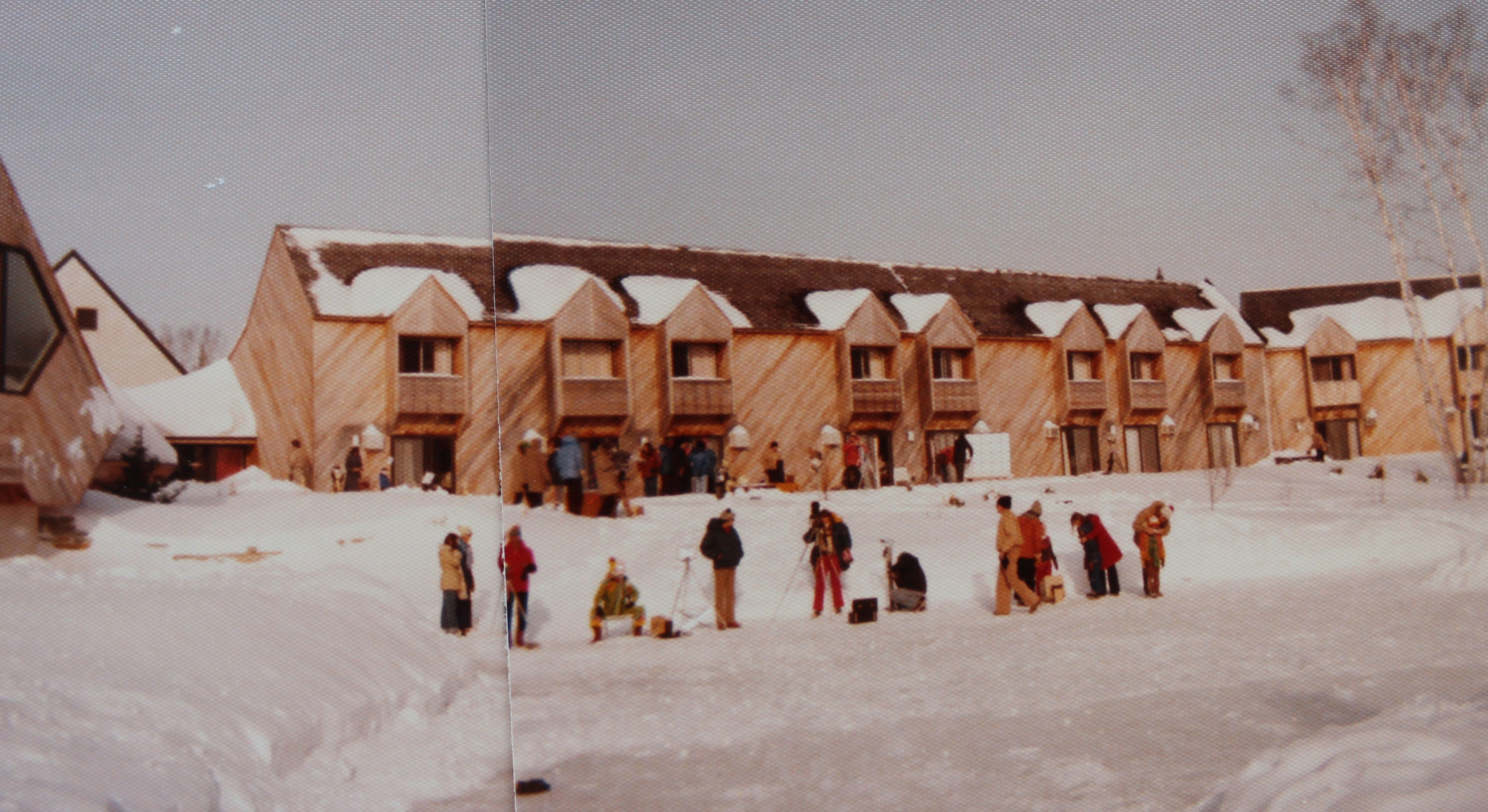
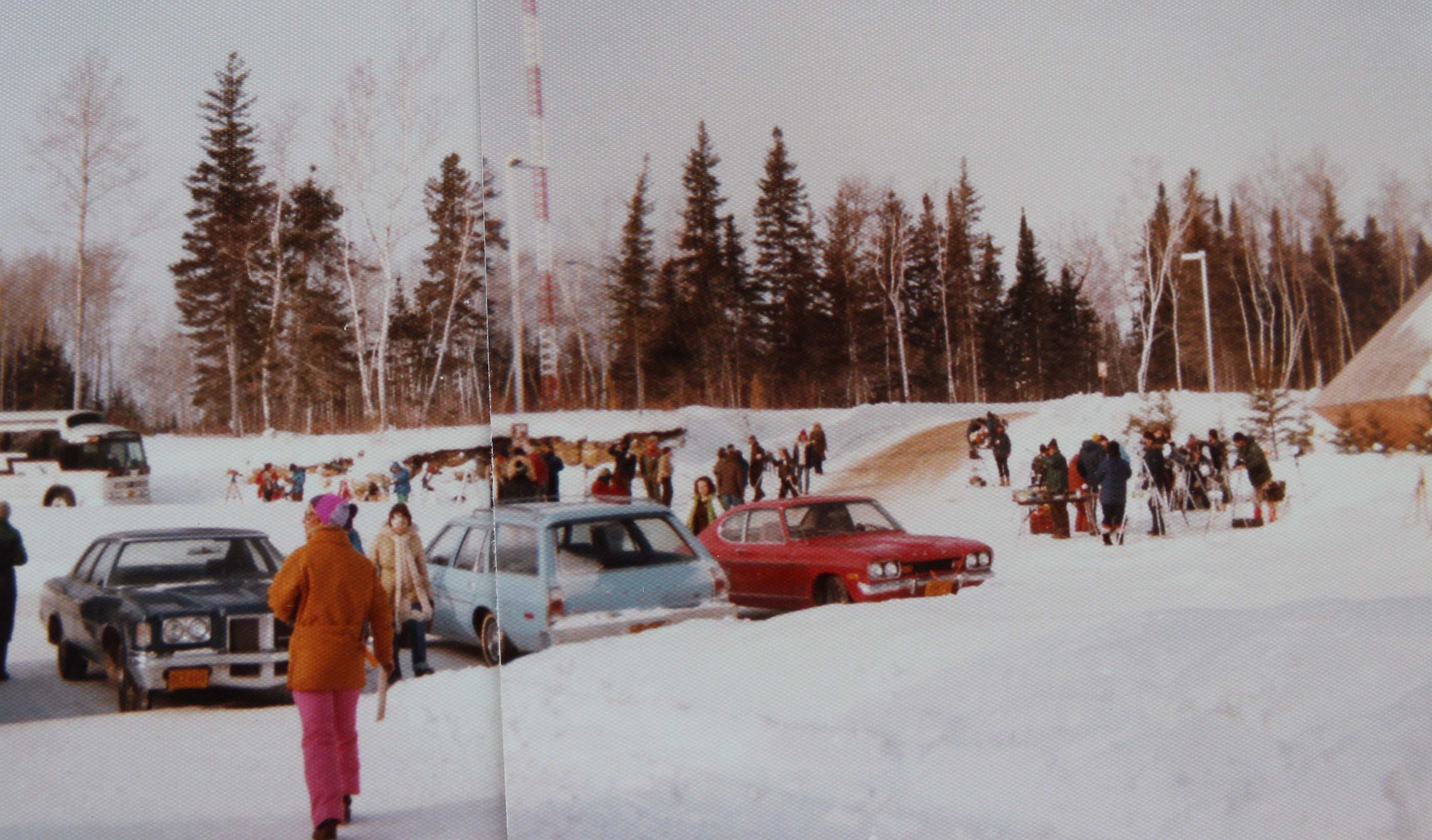
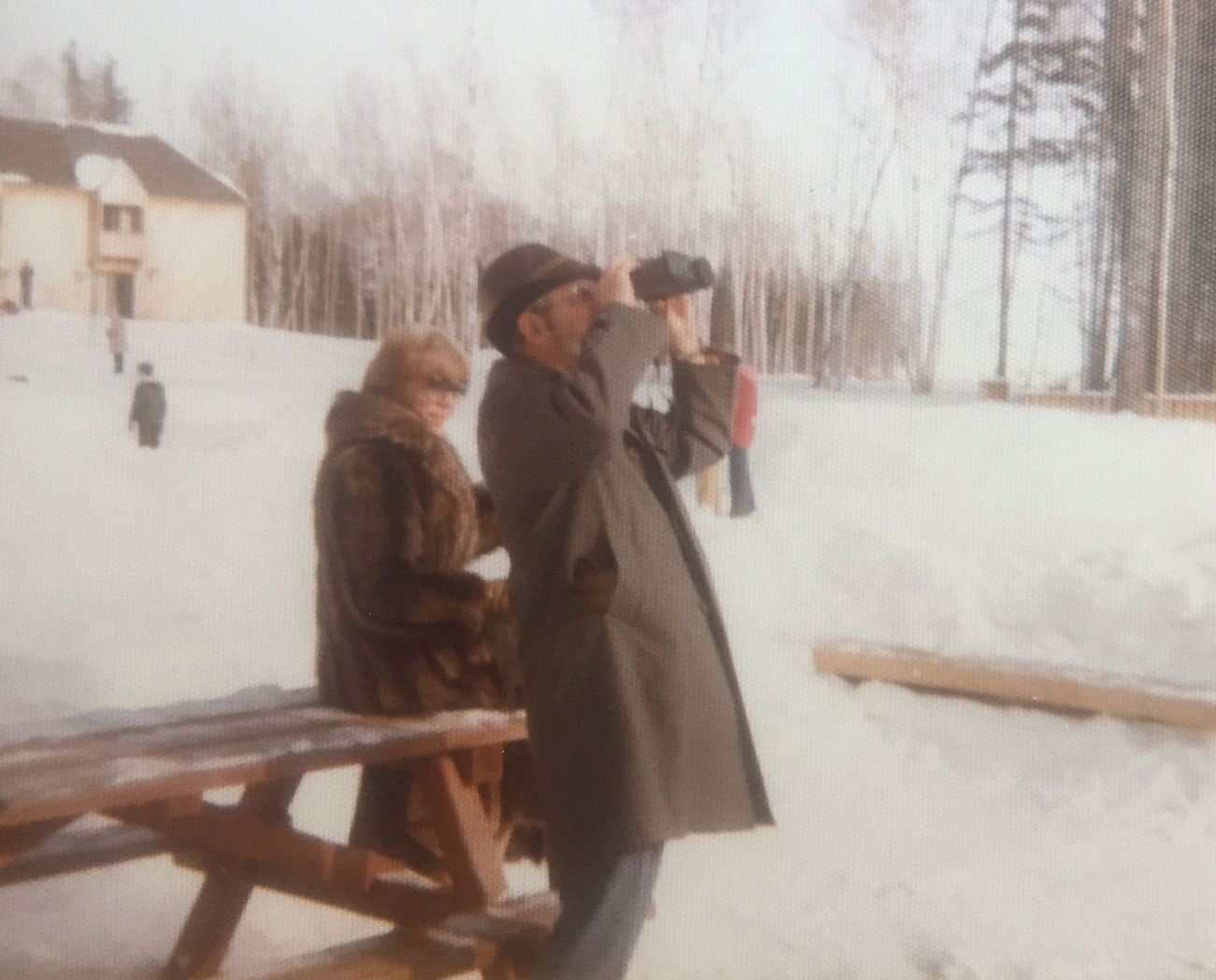
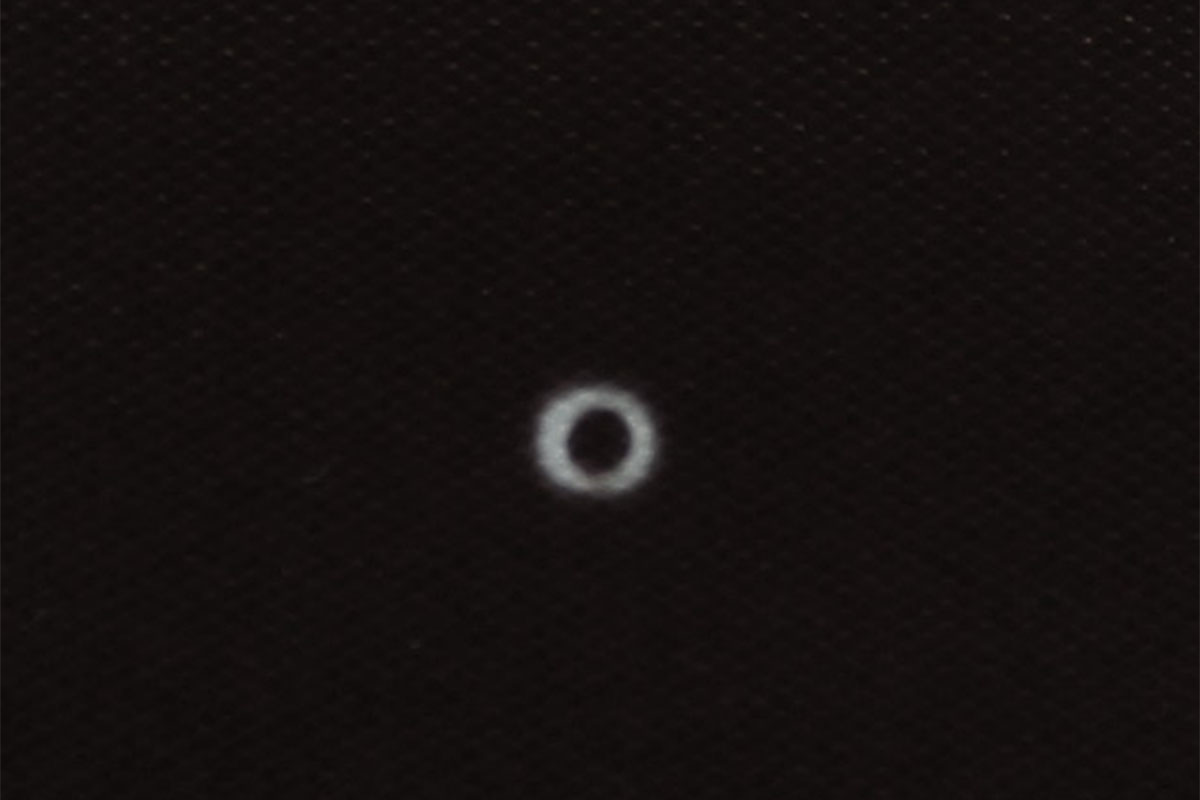
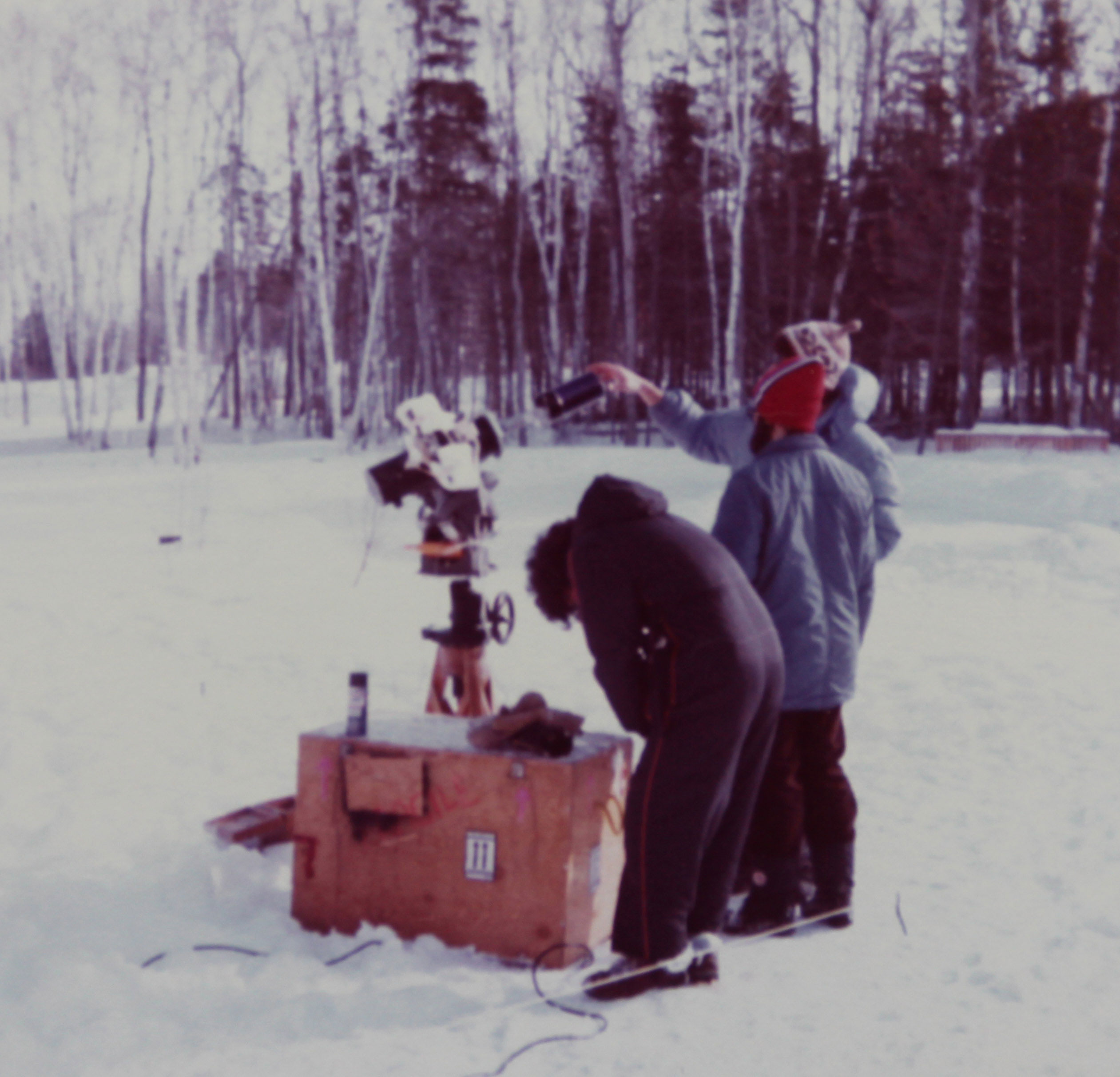
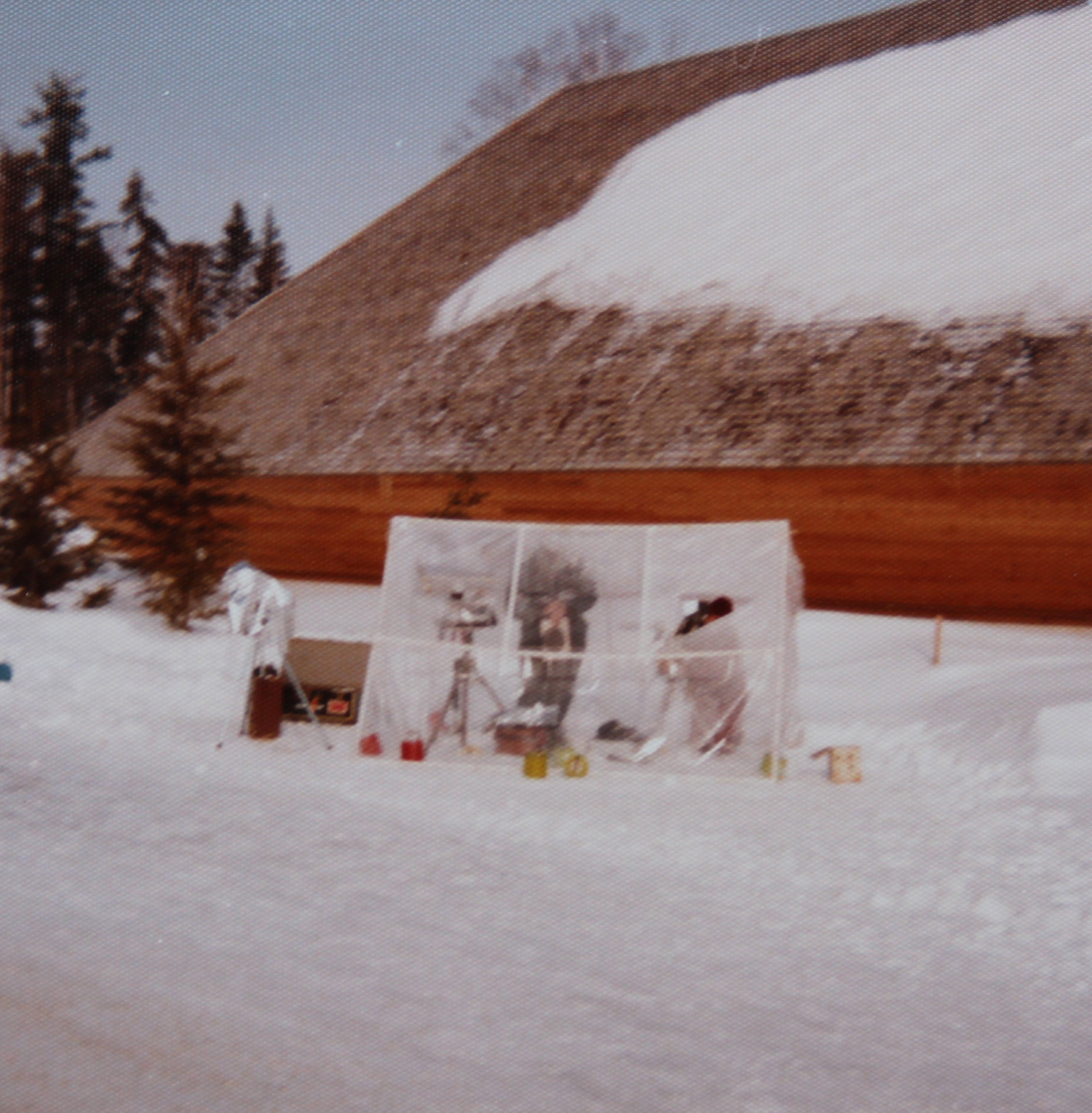
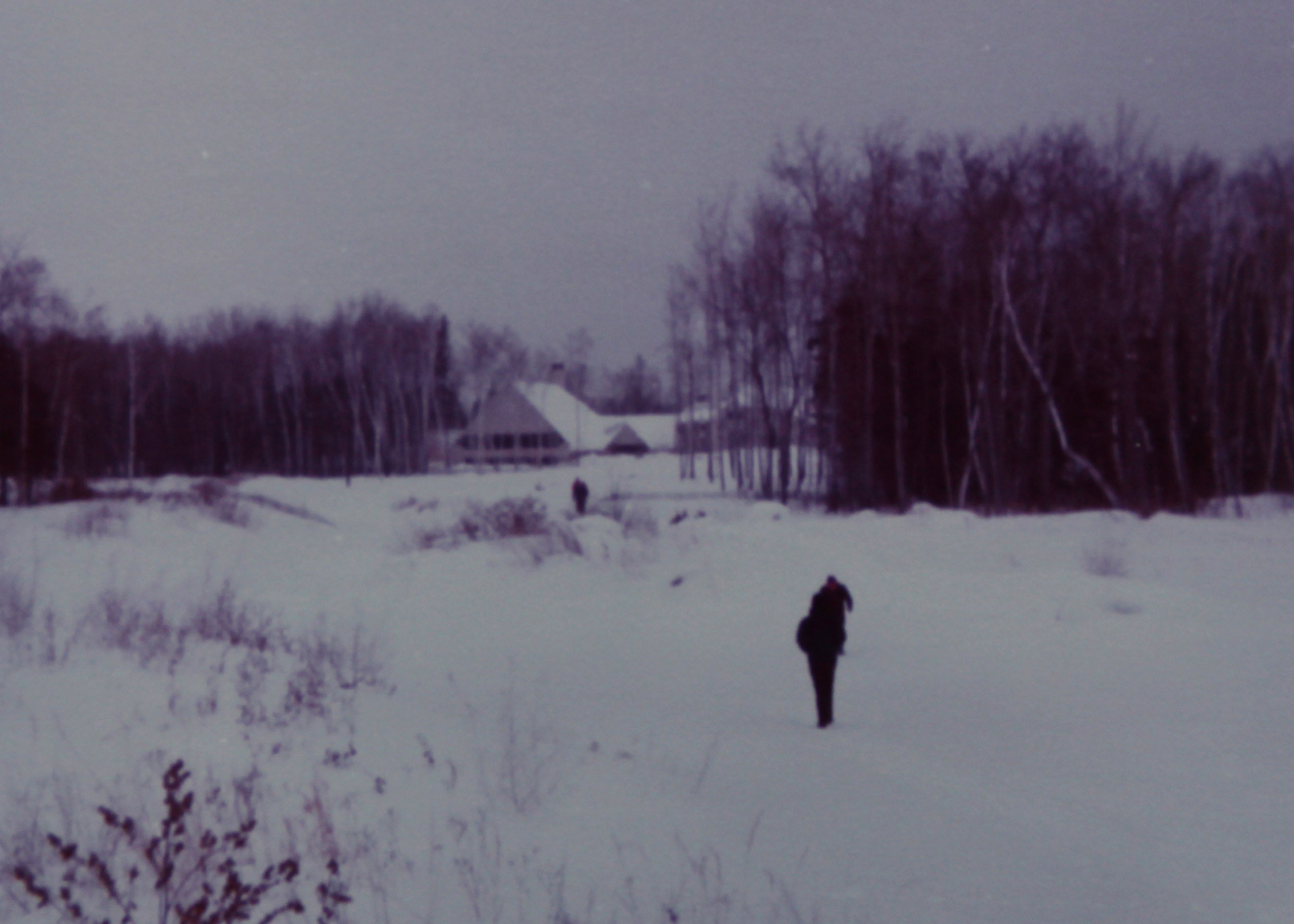
I love this story!
Thank you for this, Chris. The 1979 eclipse was thrilling and I still have one of my husband John’s photos on a wall. We took our classes outside–as did most of the campus. As it got darker, the birds stopped singing, there was an eerie silence, and soft nervous laughter among the students. It was a bitterly cold day. When the sun appeared again there was spontaneous cheering and applause across campus. And relief! It was a truly primal experience.
And the birds started chirping again.
Enjoyable.